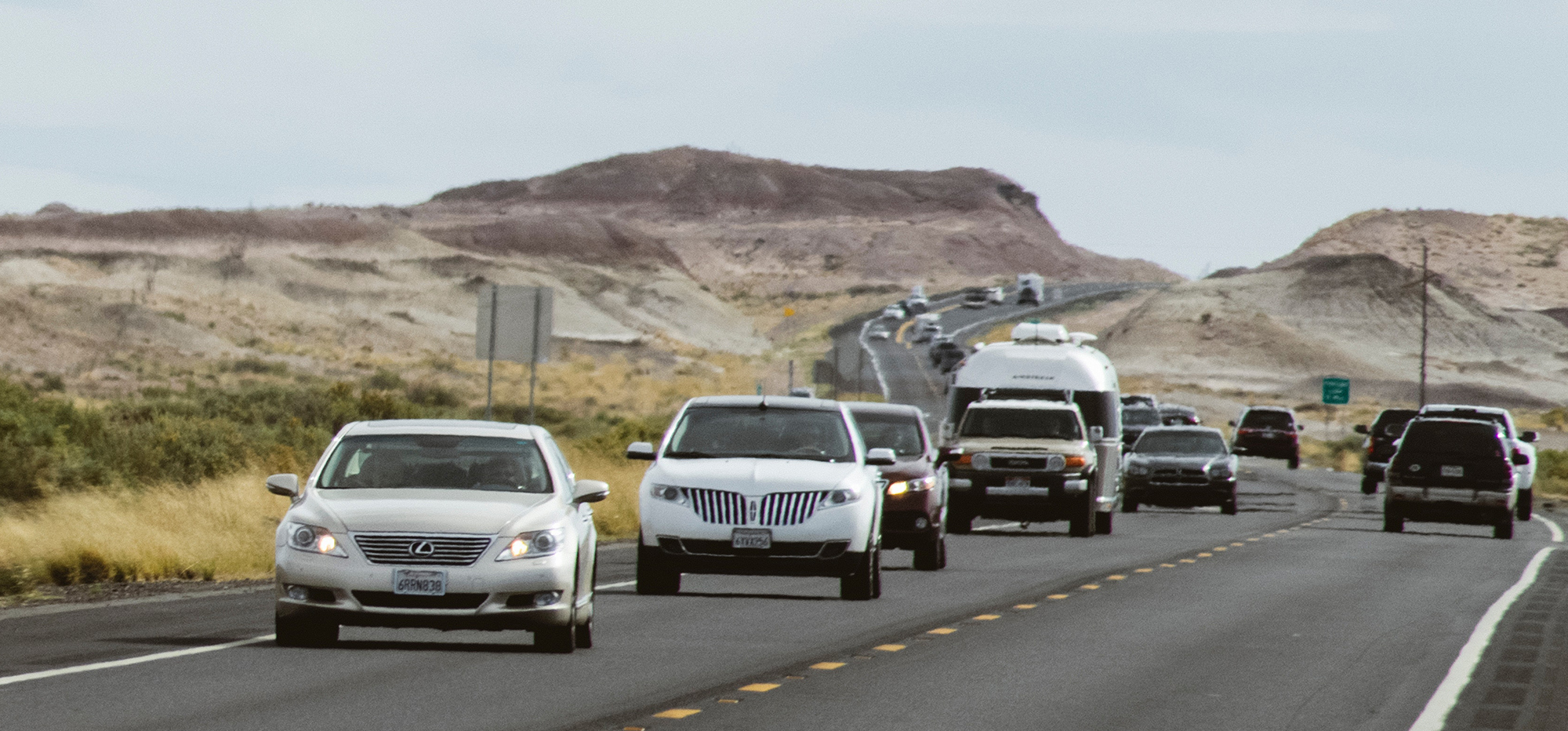Recent research focusing on Los Angeles finds that the city’s poorest neighborhoods have the largest percentage of “hyper-commuters” – people who commute 90 minutes or more one way to work. The preponderance of those long-distance commuters – often construction workers and laborers who drive from inner-city Los Angeles to far-flung and growing inland regions – live in census tracts where average annual earnings are below $50,000. They commute much farther than those who live in wealthy areas and can afford to live closer to where they work.
As a 2014 study from the Urban Institute explained, “Housing voucher recipients with cars tended to live and remain in higher-opportunity neighborhoods – places with lower poverty rates, higher social status, stronger housing markets, and lower health risks. Cars are also associated with improved neighborhood satisfaction and better employment outcomes.”
These newly proposed taxes neglect an important point: Drivers already are paying their fair share for the roads and highways they use. In California, user fees pay for 99.7 percent of road spending, according to the Tax Foundation. Ironically, many wealthier drivers aren’t pulling their weight, given that the increasing number of electric vehicle owners, who have an average annual income of $150,000, obviously don’t buy gasoline and pay gas taxes. While this disparity is driving some of the push for mileage taxes, the sad reality is these taxes will end up hurting the poor, who drive farthest, the most.
Unsurprisingly, California’s user fees are high enough to not only fund roads, but to support public transit projects as well. Passed in 2018, Senate Bill 1 dedicated the entire four-percentage point tax increase on diesel fuel for public-transit systems. In a world in which California’s roads are well maintained, it wouldn’t be unreasonable to divert extra funding towards further developing public transit, but sadly California has the fourth-worst roads in the country.
With half of the state’s major roads and urban streets in poor or mediocre condition, California drivers spend an average of $808 annually on car-related maintenance and repair due to these punishing road conditions. Prioritizing the use of road taxes for road improvement makes more sense than diverting these limited road user fees towards public transit projects – especially for lower-income people who already struggle to afford their cars.
Transit advocates point to the theory of “induced demand” – that spending more money on better roads encourages people to drive more, resulting in the same time in traffic as before – as a rationale for reducing investments in roads. However, the opposite is true, with studies showing that cities that invest heavily in road improvements are indeed able to reduce traffic congestion. Most of what critics refer to as “induced demand” actually is pent-up demand caused by years of underinvesting in roads and freeways.
If the main benefit of transportation is to provide the personal freedom to maximize access to opportunity, then adequately funding road improvement clearly would improve economic and social mobility and opportunities for the widest possible section of the population.
At a certain level of density — of jobs, housing and amenities — buses and trains start to make more sense. In densely populated urban cores, one begins to see residents substitute drives for rides, keeping their cars but using public transit to save time and money, thus improving the driving experience of those who remain on the road. But throwing money at transit systems at the expense of road investments will reduce rather than increase opportunities for the poor.
Instead of criticizing Californians for their car dependence, policy makers ought to use the generous transit funding they now have to make these systems more appealing. Much of the drop in post-pandemic public transit ridership is attributable to the decline in public transit users by car-owners deciding to use these systems less frequently. Building public transit systems drivers want to use regularly should be transit agencies’ top priority for growing ridership, not punitive taxes.
Public transit advocates seem to want drivers to abandon their cars entirely, but the vastness of Western states means that most drivers won’t ever fully abandon their cars. A sensible policy would try to entice drivers to take occasional transit trips. But during the pandemic, labor shortages and a high tolerance for disruptive, anti-social behavior aboard public transportation drove part-time riders back into their vehicles full time. Transit ridership levels have yet to recover.
California’s high cost of living already is causing significant population losses. Making driving even more expensive toward the elusive goal of ginning up public transit usage is both cruel and shortsighted, especially for the lower-income residents this transit-centric policy claims to benefit.
By restoring our roads to adequate conditions and offering safe, clean and more frequent service on existing public transit lines, it’s possible to cost-effectively improve transportation quality for transit users and drivers alike. Rather than pitting drivers against riders in a zero-sum game of class and even racial tension, state officials need to recognize the interdependence of automobiles and mass transit. They need to realize that punishing drivers punishes the poor the most.
Kenneth Schrupp is a Young Voices contributor writing on the intersection of business, politics and media. He also serves as editor-in-chief of the California Review, an independent journal.

